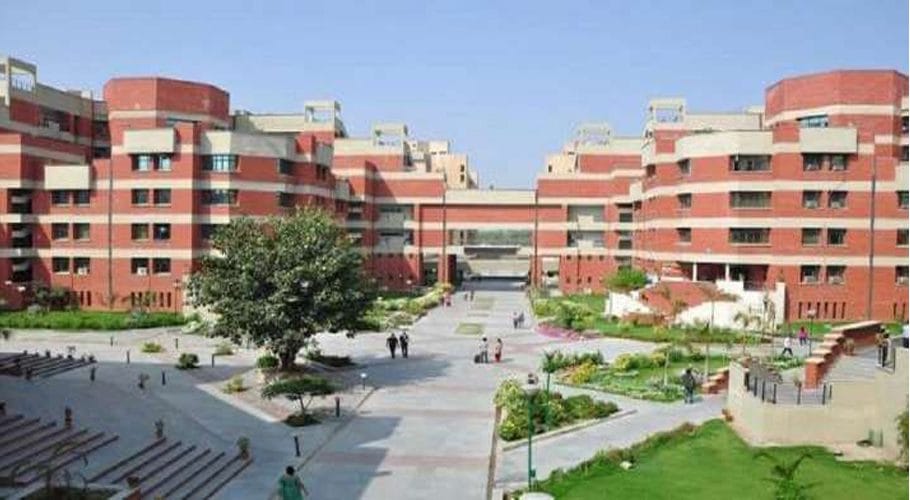The Gauhati High Court has asked the Assam government to report on measures taken to establish detention centers outside prisons.
- In an October 7 order, Judge A M B Barua said that if adequate government premises are not available, the authorities can also rent private premises for this purpose.
- “Adapted” would mean that the accommodation meets the parameters mentioned in previous communications from the Union Ministry of the Interior and in a later “model manual” for the construction of detention centers.
What are these detention centers?
In Assam, which has seen waves of migration from East Bengal (later East Pakistan and now Bangladesh) for decades, there are six detention centers for “convicted foreigners” and “declared foreigners”.
- Government sources explained that a “convicted alien” refers to a foreign national who entered India illegally and is convicted by a court of law, while a “declared alien” is a person who was once considered an Indian citizen in India order but was later declared a foreigner by a Court for Aliens in Assam. “Declared foreigners” often appeal to the higher courts to prove their Indian citizenship.
- According to a response from the Interior Ministry to MHA’s Lok Sabha on December 10 last year, so far only four “declared foreigners” have been deported to Bangladesh, while 1, 29,009 people have been declared foreigners by courts.
- It was during his tenure that detention centers were first opened in Assam, according to the instructions of the Gauhati High Court in 2008. In addition to the court order, “detention camps were opened to follow a suggestion of the Vajpayee government in 1998, addresses for all state governments ”.
- Assam’s Minister Himanta Biswa Sarma (BJP) said: “The idea of detention is not ours. It is based on an order from the Gauhati High Court. As a political leader, I do not support it … I believe that their identity should be registered digitally and they should not be allowed to claim Indian citizenship in other states. Once this is done, they must be granted basic human rights.
What led to the recent court order?
- Judge A M B Barua’s order of October 7 followed a series of petitions related to the detention of people in Assam. These were presented by a team of lawyers and activists and led by Studio Nilima, a research collective. Well-known attorney Nilay Dutta defended the case.
- The provocation for this batch of petitions came during a civil society meeting to discuss the post-NRC scenario in Assam when one of the attendees urged the rally to consider whether Assam was on its way to becoming an exhibition site of detention centers for the world, a must see.
- Activists have often criticized the state of Assam’s six detention centers (Goalpara, Kokrajhar, Tezpur, Jorhat, Dibrugarh and Silchar). Everybody is in a prison.
How many are detained in these centers?
- Last year, the Supreme Court ordered that “foreigners” who have spent more than three years in Assam’s detention camps can be granted parole subject to certain conditions being met.
- This year in April, to avoid prison congestion due to the Covid-19 pandemic, the CS ordered the parole on bail of these “foreigners” who had served more than two years in prison.
- According to the latest data from the state government, the six centers currently house 425 inmates.
- According to a response from the Ministry of the Interior to Rajya Sabha on September 21, 15 detainees in Assam’s detention centers “had died of illness in the past two years as of September 16, 2020 while undergoing treatment at various state hospitals ”.
What did the Superior Court order?
- The Superior Court said that “the detention centers must be outside the prison facilities” and that the state government must “guarantee that the places where electricity, water and hygiene bases are found, etc and that there is adequate security in this places.
- The High Court said that 10 years had passed since part of the prison facilities in Goalpara, Kokrajhar and Silchar were declared detention centers. “A period of more than 10 years certainly cannot be interpreted as a temporary arrangement. Even with respect to Jorhat, Dibrugarh and Tezpur, a period of 5 years is almost over, which also cannot strictly be considered a temporary arrangement, ”the order said.
“Given this aspect, it cannot be accepted that the accused can always rely on the communication of 07/09/2018 to project the case according to which they would be authorized to declare part of the prison as a detention center,”
specifies the prescription.
Is there a plan for detention centers outside prisons?
- In Matia, Goalpara district, about 150 km from Guwahati, a new detention center is being built, with the sole purpose of detaining “illegal aliens”.
- It is being built according to guidelines set by the center, authorities said. In addition, 10 more of these centers are expected to be built and a detailed project report has already been sent to the Center.
- The one under construction is on 20 bighas of land, nestled between farmland and forest. It is built on a budget of more than Rs 46 million, with the capacity to house “up to 3,000 illegal aliens.”
- The Center had established guidelines in a model detention center manual, distributed in January 2019. Among them: members of the same family would be detained in the same center; there would be separate accommodation for male and female prisoners; and special facilities for nursing mothers.










More Stories
Orissa High Court Criticizes OPSC for Flawed Evaluation in Judicial Exam
MAH CET Registration 2025: Extended Deadline and Key Details
CUET PG 2025 Registration Extended: Apply Before February 8